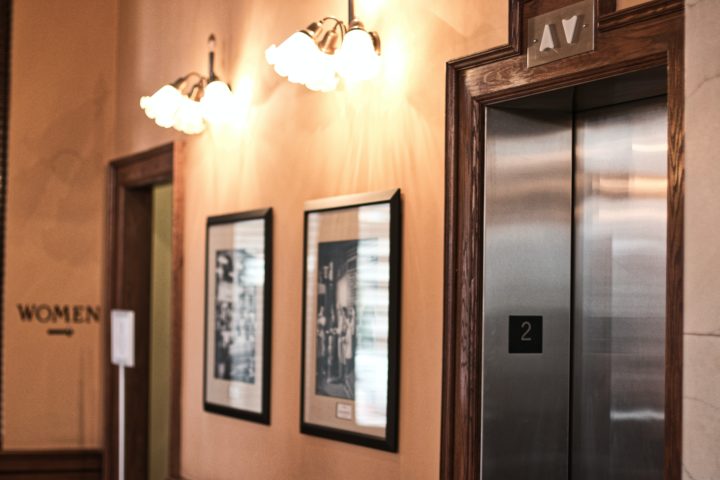Lifts have long been used not just in public and residential buildings, but also in private homes. Lifts, like staircases, allow for inter-floor communication, which implies that they may transport people from lower to higher floors and vice versa. The lift’s purpose in the family home is likewise to provide more and easier mobility, and individuals choose to install it mostly for health reasons, though it can also be done for better comfort or want.
However, there are numerous things that you should bear in mind before installing a lift. To that end, here is a list of 6 things you should consider!
The design
A well-planned design allows a house lift to be installed in any environment, new or old, always ensuring the finest aesthetic experience when decorating and enriching flats, homes, and workplaces. The house lift, when built outdoors, provides simple access to the levels without disrupting or affecting the architectural framework. All this makes it a cutting-edge solution that can accommodate anyone’s desire.
Therefore, if you want to put a lift in your house because you’ve always desired one or needed it, you should start with the design and drafting process, since the designer will determine the optimum location and type of lift. When planning an elevator project, make sure you take into account its real purpose, and based on that, you can design its appearance and function!
The price
The price is somewhat debatable: the presence of a lift for real estate enhances the market price, but it also boosts the building cost for the same reason. Likewise, the home lift prices are often determined by the number of levels, construction type, materials, measurements, and, of course, the supplier. For example, there are many elements that influence the cost of a house elevator, such as the structure, doors, communication system, and drive!
Different types of house elevators
Lifts are classified into three categories: hydraulic, traction, and pneumatic. Each of these elevator kinds has its own set of benefits and drawbacks and you should be aware of all of these. For instance, the hydraulic lift occupies a significant amount of area, owing to the mechanical machinery that powers it.
The traction lift does not require a dedicated machine room to operate since it operates on the counterweight principle, that is, with the assistance of a counterweight. Because the drive machinery is placed above the elevator, more room will be required there. Pneumatic lifts, which function with air pressure, are the third type. The great thing about it is that it does not require additional room for the installation of the drive system!
Lift proportions
In general, the fundamental requirements are the following: the cabin is at least 85 cm broad and 122 cm long, with a typical height of 200 cm; the door is 80 cm in this case. Smaller dimensions are not suggested since the elevator will not function properly for the intended uses.
Installation
The fact is that installing or upgrading a lift in an older building is more difficult than installing one in a new building; however, when the elevator is designed in conjunction with the rest of the building, it is done purposefully and in the most efficient manner possible, taking into account all other requirements and possibilities. Then, when there isn’t enough space within the structure, it’s required to expand the space.
The disadvantage of placing the lift shaft on the exterior of the building is purely aesthetic, as it alters the appearance of the entire structure and its surroundings, but the gain is considerably more substantial – the house’s statics and architecture are preserved in every aspect. In truth, installing an elevator necessitates some masonry work, but it is a quick process!
How long does it take to construct it?
In a few days, the residential elevator should be installed. It takes up very little space and requires very little upkeep. It operates on a regular 225V power supply in private homes, and installation requires minimum building. They usually can service up to five stories and have a maximum lifting height of up to 13 meters.
The home lift is a great way to overcome barriers like stairs and inaccessible entrances, especially for people with difficulties walking. On top of that, they are simple to operate and can improve the appearance of the home. In other words, they will give your home a more luxurious look and make it seem richer and more modern! All this makes it a perfect choice for your family and home!

















It is well informative, Still looking for more information? Visit Emperor Lifts